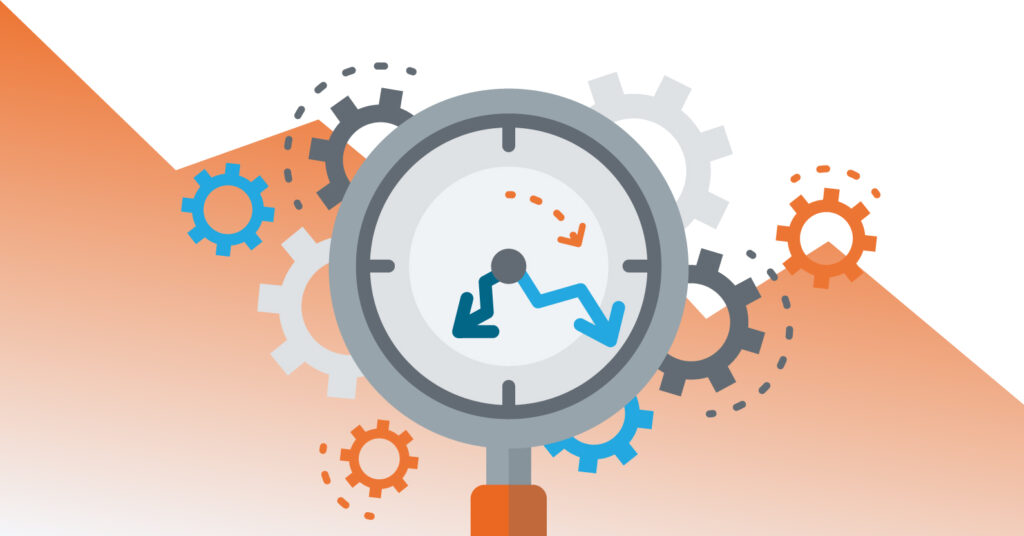10 Questions to Ask Your Customer Data Platform Vendor
August 29, 2018Does this sound a bit too familiar? Articles and whitepapers espouse the benefits of a holistic view of the customer. You agree, but your data is in purpose-built silos that aren’t being dismantled anytime soon. You’ve determined through research that a customer data platform (CDP) is the right solution to help you create that coveted single view of the customer and you’re ready to talk to vendors to see which CDP is best for your organization. The problem is that numerous companies you’ve encountered claim to provide a CDP, yet they all handle customer data differently.
The confusion in the marketplace about what a customer data platform is — and isn’t — stems largely from a lack of an agreed-upon definition of the solution. Even analyst firms such as Forrester and Gartner, and organizations such as the Customer Data Platform Institute, all define a CDP somewhat differently. As a result, some vendors have branded their product as a customer data platform when they perform adjacent functions or only some functions of a robust solution.
A true CDP is an enterprise solution that ingests all sources and types of enterprise customer data to provide an always-on, always-updating golden record that is continually available at low latency to all touchpoints and users across an enterprise.
It should help you…
- Bring together data from across your organization;
- Know all that is knowable about your customers;
- Deliver relevant, personalized offers whether customers are in your physical location, online, or on their mobile device;
- Recognize a customer across multiple channels and interaction touchpoints;
- Build progressive profiles and create privacy-compliant persistent customer records that anyone appropriate throughout the enterprise can access when they need it.
There are 10 questions you should ask the vendors on your short list to ensure their platform meets that criteria before you invest in their CDP:
- What kind of data structures does the CDP accept? A true customer data platform supports any kind of data, whether batch or streaming, internal or external, structured or unstructured, transactional or demographic, personal or general.
- What kinds of databases does the customer data platform integrate with? CDPs are database-agnostic and take an open garden approach to handling data. This means it should be able to function equally well with Hadoop, NoSQL, and traditional data warehouse technologies.
- What solutions does the CDP accept data from? The function of a CDP is to provide a fully unified view of the customer. Real customer data platforms are able to ingest data from every solution in the marketing stack, without limitation.
- How does the customer data platform resolve customer identities across touchpoints? CDPs are meant to provide a single point of control for all that is knowable about a customer, whether that point of control is in marketing, IT, or elsewhere. Identity resolution — the process through which individual customers’ identities are searched, analyzed, and linked across disparate data sources — is a key facet of learning all that is knowable about a customer.
- Can the CDP accept data from offline and online sources? Many customer data platforms are designed to ingest data only from digital sources. It’s not possible to create a holistic customer view solely with online data. A true CDP accepts data from offline sources just as easily.
- Does the customer data platform accept batch and streaming data? Some data tools can process only batch data or only streaming data, not both. Real CDPs accept, ingest, and process both.
- Can the lines of business easily leverage the CDP? Customer data platforms are not IT-only solutions. They’re meant to make it easier for marketers and other business users to access the cleansed customer information they need in real time and without IT assistance. IT can be that single point of control that manages the data, but, ideally, they won’t need to use the CDP to provide marketers with models and data cuts.
- How flexible is the CDP? A customer data platform that requires expensive updating to accept data from new sources isn’t as robust or useful as a CDP that is built to easily accept new inputs.
- Is it easy to keep the unified customer profile updated? The hallmark of a CDP is that it keeps each customer’s golden record constantly updated. If the solution you’re considering can’t do that, it’s probably not a real customer data platform.
- How quickly is clean, updated customer data made available? Many solutions help marketing build and maintain a golden customer record, but only a true CDP makes that profile available to marketers and other line of business users in one or two seconds or at most a few minutes. “Onboarding” processes that take 24 hours to ingest new first-party data are not the speed of the customer.
If you’re ready to invest in and implement a customer data platform, it’s probably because you’re ready to build a single view of the customer without having to dismantle your current data structure. It’s likely that you also want the ability to easily add data to enhance those customer profiles, as well as reap the benefits of artificial intelligence and machine learning to use that data to personalize each customer’s experience. And you should. Consider: 79 percent of U.S. consumers say they expect brands to show they “understand and care about me” before those consumers will consider making a purchase, according to a study by marketing agency Wunderman. And, 56 percent of consumers polled in that study say they’re more loyal to brands that “get me” as a segment of one; in other words, businesses that show a deep understanding of their customers’ preferences, needs, wants, and past purchases.
You’re only going to show that understanding by responding to customers at their moments of truth with a real CDP. Nothing less will do.


